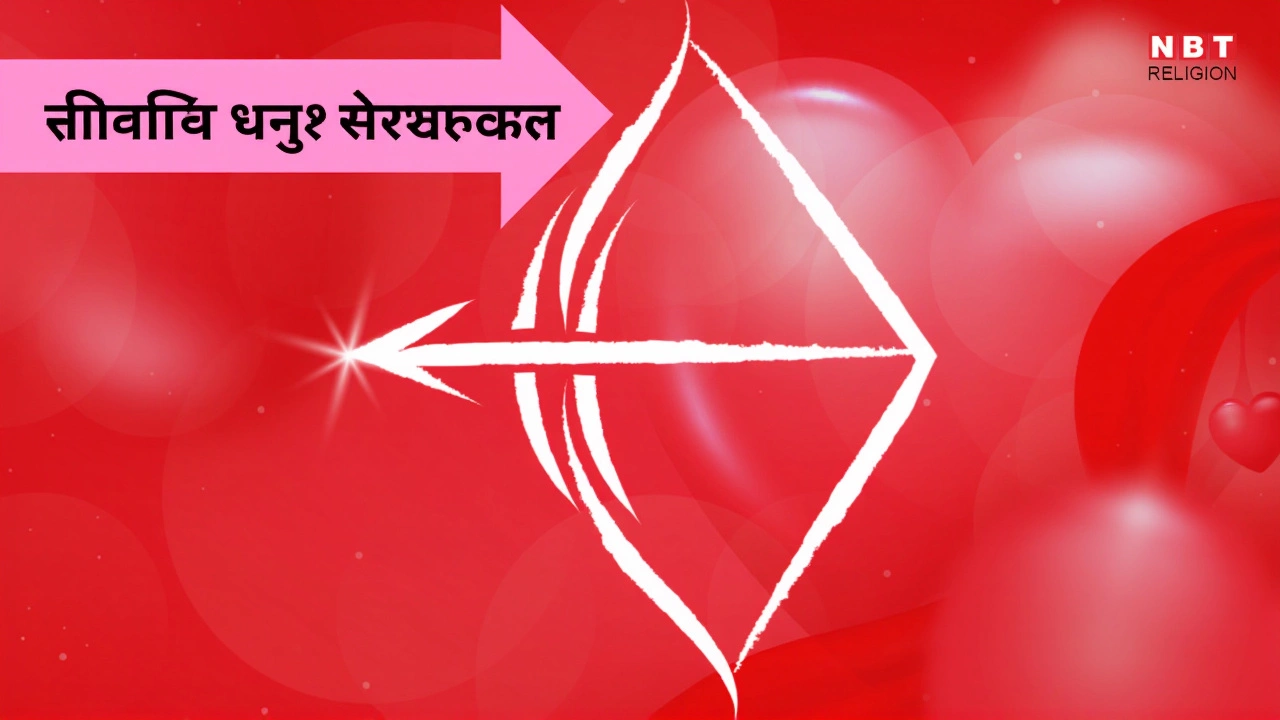Hindu festivals: traditions, celebrations and cultural impact
When exploring Hindu festivals, the vibrant religious celebrations observed by millions of Hindus worldwide, marking seasonal changes, mythological events, and community bonding. Also known as Puja celebrations, they blend rituals, music, food and social outreach. Hindu festivals shape daily life, guide business calendars and inspire tourism across the subcontinent.
Major events such as Diwali, the Festival of Lights that honors Rama’s return and celebrates the triumph of light over darkness and Holi, the spring‑time color splash that recalls Krishna’s playful mischief illustrate how each celebration has its own set of rituals yet shares common threads of devotion, family gatherings, and charitable giving. Another cornerstone is Navratri, a nine‑night worship of the goddess Durga, featuring fasting, dance and regional variations. These three festivals together create a semantic network: Hindu festivals encompass seasonal rites; Diwali requires lighting oil lamps; Holi encourages public color play; Navratri influences regional dance forms. The result is a richly layered cultural calendar where myth, agriculture and community intersect.
Key aspects that tie Hindu festivals together
First, timing follows the lunisolar calendar, so each festival aligns with a specific lunar phase or solar transition. This timing links agricultural cycles—like the harvest celebrated during Pongal—to divine narratives, reinforcing the idea that nature and spirituality move in sync. Second, ritual objects such as diyas, rangoli pigments, and garlands serve as tangible symbols; they signal both reverence and aesthetic expression. Third, food plays a strategic role: sweets like laddus during Diwali, thandai for Holi, and savory sabzis for Navratri fasts create a sensory memory that binds participants to the event year after year. Finally, community participation ranges from intimate family pujas to massive public processions, showing how Hindu festivals adapt to both personal devotion and collective celebration.
Understanding these patterns helps readers see why a post about a lottery draw or an electric vehicle might sit alongside articles on politics or tech on this site—just as Hindu festivals sit side‑by‑side on the calendar, each piece of content adds another layer to the broader cultural conversation. Below, you’ll find a curated set of stories that reflect the diversity, excitement and practical advice surrounding Hindu festivals, from travel tips during the peak season to deeper looks at ritual meanings.
Culture & Society

October 2025 Hindu Festival Calendar: From Dussehra to Chhath Puja
October 2025 packs Dussehra, Diwali, Karva Chauth, Gujarati New Year and Chhath Puja into a vibrant festival calendar, impacting culture, economy and millions of devotees.